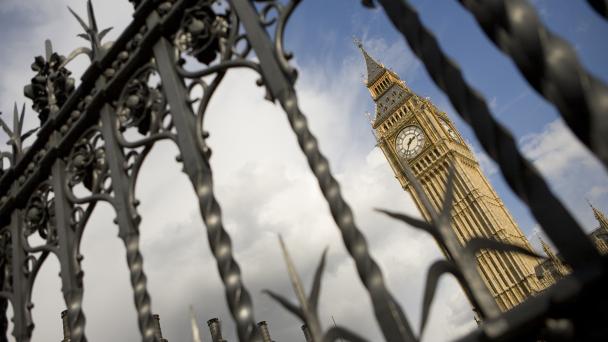Exploring today’s attitudes for tomorrow’s election

The latest British Social Attitudes (BSA) report, published by the National Centre for Social Research (NatCen), launched at an event in Parliament hosted by the House of Commons Library on 21st September, marks BSA’s 40th anniversary of tracking social and political attitudes in Britain.
Using the unique collection of data gathered by BSA since the 1980s, the report examines how public opinion has evolved in the face of substantial social and economic change. A key theme emerges. Attitudes towards many social and moral issues have undergone a profound, long-term, secular change, such that Britain now looks and feels like a different country from forty years ago. In contrast, attitudes toward the economic role of the state have swung to and fro, creating a cyclical pattern that has left the shape of public opinion looking much the same now as in the 1980s.
Attitudes towards many sexual and family issues have become markedly more liberal – though attitudes towards transgender people have not exhibited a similar trend.
Attitudes towards traditional gender roles have changed dramatically – though this is not always reflected in what happens in the home.
Throughout the last forty years, younger people have always been more liberal than older people. As a result, generational turnover is one of the reasons why Britain has become more liberal in its outlook.
Attitudes towards the role and size of government have moved up and down. These movements have occurred in response to changing circumstances, including changes in the level of government spending and shocks such as the fiscal crisis and the COVID-19 pandemic.
Attitudes towards welfare became less generous in the era of New Labour, but now have since swung back again.
In the 1980s around half of people said they were middle or working class. Today, if anything, they have become more aware of the impact of class on people’s opportunities in life.
Over the last forty years, Britain has sometimes swung to the ‘left’, sometimes to the ‘right’. Despite changes in how they vote, there are still only limited differences of view between younger and older people.
Gillian Prior, Deputy Chief Executive at NatCen said: “The 40th Annual British Attitudes Survey reflects the profound change of the British population since 1983. Many more people now go to university, are employed in white-collar jobs; more women, including those with younger children, go out to work, while a growing population of older people means there are more men and women who are no longer working at all. The population is more ethnically diverse, while a decline in rates of marriage has been accompanied by more diverse types of family formation, including by same-sex couples, and this is reflected in British social and moral attitudes.”
Sir John Curtice, Senior Research Fellow at NatCen said: “The vast social changes that Britain has witnessed over the last 40 years have been accompanied by a near-revolution in attitudes towards many social and moral issues, including sexuality and the role of women. In contrast, although they have fluctuated up and down in response to changing political and economic circumstances, attitudes towards inequality and the economic role of the state are still not that different from those of forty years ago. The debate about these subjects still has a familiar ring to it.
That said, there are two key points politicians will want to note as they consider how to frame their appeals for the next general election. The pandemic and the cost of living crisis seem to have left the public rather more inclined than at some points in the past to look to government to solve the problems they and the country face. Yet, despite this apparent enhanced appetite for ‘bigger government’, people now expect to able to live their own lives and look to government to facilitate that desire rather than stand in the way. In the coming months politicians will need to think carefully about when they propose to intervene and when they suggest that government should stand back.”
Grant Hill-Cawthorne, Managing Director of Research & Information at the House of Commons Library said: “The House of Commons Library provides politically impartial briefings and statistics to help MPs to scrutinise legislation, prepare for debates, develop policies and support their constituents. Studies by NatCen are a consistently valuable resource to researchers in the Library, providing societal views and context to include in our work on a range of topics, from affordable housing to the justice system.
It is our great pleasure to host NatCen in Parliament as they launch the 2023 British Social Attitudes survey, so that we can celebrate together 40 years of essential insights into the social, political and moral attitudes of this country.”
For more information please contact:
Emileigh Spurdens, Communications Manager, National Centre for Social Research
emileigh.spurdens@natcen.ac.uk
Direct: 0207 549 8506
Katie Crabb, Head of Marketing and Communications, National Centre for Social Research
katie.crabb@natcen.ac.uk
Direct: 0207 549 8504
Receive a regular update, sent directly to your inbox, with a summary of our current events, research, blogs and comment.
Subscribe